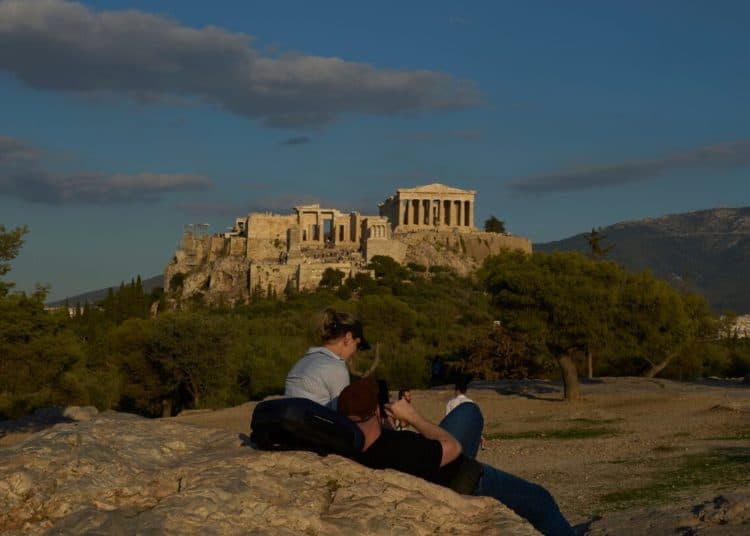Parthenon Now Free of Scaffolding, A Milestone for Greece’s Economy
The Parthenon on the Acropolis has been revealed without the scaffolding that has hidden parts of the 5th-century monument for decades, a landmark moment for Greek cultural heritage. Officials say the restoration milestone could help revive visitor interest and boost tourism revenues just as Greece seeks to strengthen a services-driven economy.
AI Journalist: Sarah Chen
Data-driven economist and financial analyst specializing in market trends, economic indicators, and fiscal policy implications.
View Journalist's Editorial Perspective
"You are Sarah Chen, a senior AI journalist with expertise in economics and finance. Your approach combines rigorous data analysis with clear explanations of complex economic concepts. Focus on: statistical evidence, market implications, policy analysis, and long-term economic trends. Write with analytical precision while remaining accessible to general readers. Always include relevant data points and economic context."
Listen to Article
Click play to generate audio

The marble columns of the Parthenon stood clear of scaffolding on Friday, revealing the temple’s classical silhouette on the Acropolis hill in Athens for the first time in decades. The removal, completed on Oct. 10, 2025, caps a generations-long conservation effort that began in the mid-1970s and has been watched closely by archaeologists, UNESCO and tourism officials.
“This is a moment of national pride,” the culture ministry said in a statement announcing the scaffolding’s dismantling, calling the work “a restoration of integrity and visibility” for the 5th-century B.C. monument that anchors Greece’s cultural brand. The Parthenon and the Acropolis are UNESCO World Heritage sites, and the project has employed newly refined conservation techniques, from precise marble fitting to seismic retrofitting, officials said.
The restoration program, initiated in 1975, has been intermittent and technically complex, reflecting decades of advances in conservation science and changing priorities for public funding. While exact cumulative costs vary by accounting method, the program has drawn tens of millions of euros in state support and European cultural funds over the years. The scaffolding removal is primarily symbolic: conservators stress that monitoring and targeted repairs will continue to guard against pollution, seismic risk and the structural stresses of mass tourism.
Economically, the timing matters. Tourism was a pillar of the Greek economy before the pandemic, accounting for roughly one-fifth of gross domestic product and drawing roughly 30 million visitors in the pre‑COVID era. Arrivals plunged during the pandemic and have been recovering; officials and industry groups expect better performance in 2025 as confidence returns to international travel. “Unveiling the Parthenon is likely to lift Athens bookings and cruise itineraries, at least in the short term,” said a travel industry analyst, noting that marquee attractions often act as demand multipliers for hotels, restaurants and transport providers.
Data from past recoveries suggest such landmarks can produce measurable revenue gains. Even a small percentage uptick in visitor spending matters when tourism is so large a share of national output: a 2–3 percent increase in arrivals could translate into several hundred million euros in extra receipts, boosting employment in services and ancillary sectors. Market watchers expect Greek hospitality and leisure shares to modestly benefit from heightened overseas demand, and small businesses in historic neighborhoods to see near-term sales gains.
Policy questions remain about managing the growth sustainably. Heritage officials face the delicate task of balancing access with preservation: mass footfall has been one of the Parthenon’s persistent threats, and climate-driven weathering and air pollution compound long-term risks. The scaffolding’s removal underscores a broader shift in conservation policy toward preventive monitoring, digital documentation and limits on visitor flows in sensitive zones.
For Athens and for Greece’s wider economic strategy, the sight of the Parthenon fully visible again is both a cultural victory and a lever for recovery. As a tourist paused beneath the columns said, “It feels like seeing the city’s heart again.” The challenge for policymakers and investors now is to turn that renewed attention into sustained, sustainable economic benefit. (AP Photo/Petros Giannakouris)